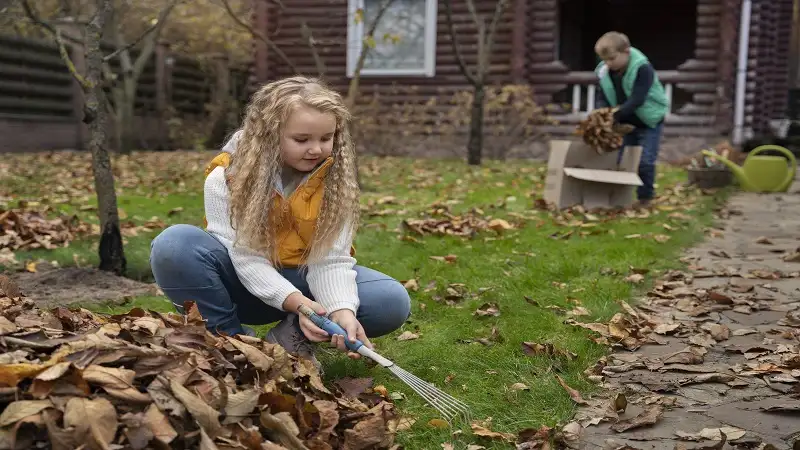After lawn aeration, overseeding, and fertilizing, there are some important steps you should take to care for your new grass. These steps include watering, mowing, and more.
The first step is to water your lawn regularly. This should be done in the morning or early afternoon to reduce evaporation and allow your soil to dry before dark, lowering the risk of lawn diseases.
Watering
A good lawn maintenance routine includes mowing at the proper height for your grass type, fertilization, pest control, and aeration. The latter involves poking holes in the lawn to allow it to “breathe” and soak up the nutrients and moisture it needs to thrive.
Overseeding and aeration are both great services for thickening up the lawn, filling in bare spots, and giving it that picture-perfect appearance. However, these services need to be paired with the right care to ensure they are successful. If you want to know about aeration and seeding, visit this website nvalandscaping.com
Watering is important after these services, and it’s especially critical when overseeding. Keeping the seedbed moist amplify the chance that the seeds germinate and take root.
It’s a good idea to water the lawn between 4 and 8 AM, when evaporation is low and the soil has time to absorb the water before nightfall. This can also help reduce the risk of diseases and insect infestation. Over time, gradually adjust the frequency and duration of your watering.
Fertilizing
Your lawn needs more than just aeration to look its best. It also requires overseeding and fertilization to fill in bare patches, thicken existing grass, and provide it with essential nutrients. The ideal time to overseed is immediately after aerating because the seed will fall into the new aeration holes and have the perfect conditions to germinate and grow deep roots.
The same goes for fertilization: The new seed and aerated soil will absorb nutrients more readily when combined with these services. It’s a great idea to combine these services in the fall for maximum benefit.
Keep pets and children off the aerated lawn for a month or more to prevent them from stepping on and killing the seeds and new growth. It’s also best to limit foot traffic in general to allow the grass to settle. It’s a good idea to mark off areas that have been aerated or seeded with temporary signage. This will also help your family and guests avoid walking on the grass plugs that have naturally accumulated.
Weeding
The process of aerating and overseeding can revitalize your lawn. However, it’s important to take care of the yard afterward to ensure that your efforts don’t go to waste.
Weeds are the biggest enemy of a healthy and beautiful lawn. They compete with grass for nutrients, water and sunlight. A successful lawn is thick and dense, giving it a competitive edge against weeds.
When it comes to preventing weeds, it’s all about mowing regularly and applying a regular lawn fertilizer program. In addition, you need to avoid using weed control products until your grass is four-five inches tall. Limiting foot traffic in the lawn is also important to allow new grass seed to establish a firm root system. Redirecting pets and children to other parts of the lawn can help, or installing a temporary fence may be necessary for some properties. Don’t forget to leave the grass clippings on the lawn to recycle valuable nutrients back into the soil!
Pruning
When your lawn is finished with aeration, it may look messy with plugs and dirt all over the yard. Avoid the temptation to rake them up; it’s important that you let them decompose naturally so they can put nutrients back into your soil. Also, avoid heavy foot traffic in the yard for at least a few weeks so that you don’t step on the overseeded grass and kill it before it has a chance to grow.
Mowing is best avoided during this time as well. New grass seed is very tender and will be sucked up by your mower during the mowing process.
When mowing does occur, set your mower to the lowest setting possible for the duration of this aeration and overseeding period. Make sure to flag sprinkler heads, invisible fences, in-ground lights, etc before mowing so that you don’t accidentally damage them. Water consistently during this time as well, but be careful not to over water.
